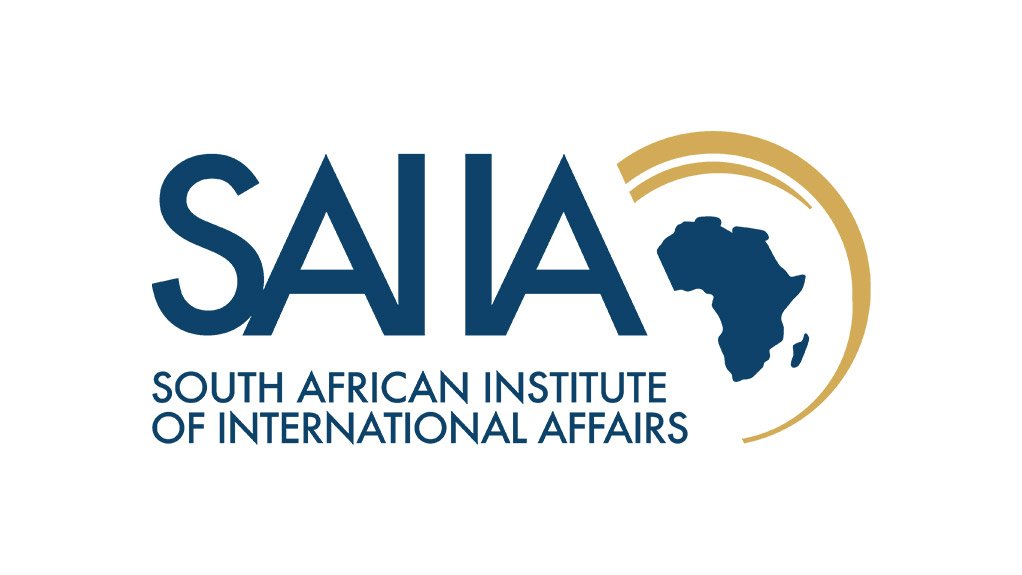May 30 was a particularly significant day for Africa. While global trends move from integration towards heightened protectionism, African countries are improving intra-regional trade levels and deepening regional integration.
The Continental Free Trade Area (AfCFTA) is the first of its kind on the continent and was brought into force on May 30, making it a binding legal agreement for all African Union (AU) member states that have signed it.
The single market will probably be launched at a summit in Niger on July 7.
Successfully implementing the AfCFTA offers massive growth opportunities for the continent and its citizens. Global economy expert Landry Signé estimates that a successfully implemented AfCFTA could generate $6.7-trillion in consumer and business spending across Africa by 2030, while the UN Economic Commission for Africa has predicted the AfCFTA can raise intra-African trade by between 15% and 20% ($50-billion to $70-billion) by 2040.
But this is not the first time African leaders have attempted to improve intra-regional trade – so, what’s the difference this time? The answer is two-fold: the scale of the negotiations and the political will displayed by AU heads of state.
Firstly, the AfCFTA aims to create a single free trade area across the continent by creating a common market for goods, services and investment, spanning 54 African states and connecting 1.3-billion people with a combined GDP of between $2.2-trillion and $3.4-trillion.
But it goes beyond the traditional understanding of a free trade area. The AfCFTA focuses on trade in goods, services, investment, competition and intellectual property rights.
Once implemented it will standardise the rules of play among countries.
The second element has been the display of political will by African heads of state and negotiators to implement the agreement.
Although negotiations have not been easy, AU member states have worked hard to find common ground and agreed to offer longer implementation periods for least-developed countries and special concessions for protected industries.
Implementing the AfCFTA depends on the harmonisation of national policies and it aims to build on the eight existing regional economic communities in Africa. The AfCFTA will utilise the gains already made by blocs in eastern and southern Africa, which have established the Tripartite Free Trade Area (TFTA).
This free trade area brings together a market of 26 countries, with a population of nearly 600-million people and a GDP value of $1-trillion.
The TFTA has three core pillars: market integration, infrastructure development and industrial development.
The AfCFTA aims to bridge regional divisions by building on the TFTA’s standardised rules.
However, the TFTA’s negotiations are ongoing, which raises questions on future coordination between the AfCFTA and the TFTA.
If the AfCFTA is to succeed, it must be implemented effectively despite African countries facing vastly different levels of economic development and priorities.
It requires that “no African country is left behind”. It requires member states to increase their trade in manufactured goods and that they become competitive in global markets.
Countries will also need to have the technical skills, financing and skilled human capital to successfully domesticate the AfCFTA into their national legislation and to implement it across a wide spectrum of issues. Where necessary, states may need assistance from the AU or African Development Bank to implement the AfCFTA.
It also requires clarity and transparency from each country regarding tariff schedules and rules of outcome and willingness from member states to make difficult concessions between competing national interests and the desire for a more integrated African continent. Failure to ensure this will undermine investment and the expansion of cross-continental business interests.
Although the AfCFTA provides for dispute resolution mechanisms, not all legal systems across Africa are sufficiently transparent and free of political interference. In cases of investment disputes or allegations of unfair trade practices, it remains uncertain how domestic courts will rule.
Ultimately, the devil is in the detail.
Implementation, transparency and clear rules of play will be the guiding forces that determine whether the AfCFTA really materialises into the greatest display of will and growth across Africa – or whether it remains yet another pipe dream.
Research by Asmita Parshotam, SAIIA
EMAIL THIS ARTICLE SAVE THIS ARTICLE ARTICLE ENQUIRY
To subscribe email subscriptions@creamermedia.co.za or click here
To advertise email advertising@creamermedia.co.za or click here











